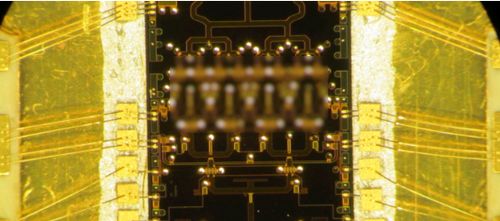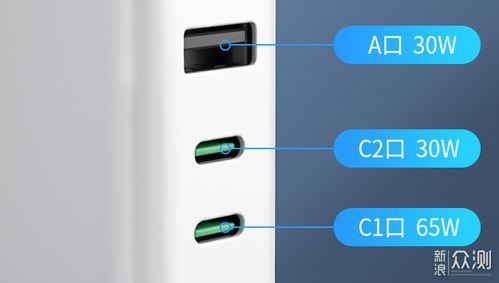Understanding GANs: A Comprehensive Guide

GANs, or Generative Adversarial Networks, have been making waves in the AI community. But what exactly are they, and how do they work? Let’s dive into the world of GANs and explore their fascinating capabilities.
What is a GAN?

A GAN is a type of neural network that consists of two main components: a generator and a discriminator. The generator creates new data, while the discriminator tries to distinguish between real data and generated data. The goal is for the generator to produce data that is indistinguishable from real data, fooling the discriminator.
How does a GAN work?

The training process of a GAN involves the generator and discriminator competing against each other. Initially, the generator produces poor-quality data, which the discriminator easily identifies as fake. As the training progresses, the generator improves its ability to create more realistic data, while the discriminator becomes better at identifying real data. This competition continues until the generator can produce data that is indistinguishable from real data.
Applications of GANs
GANs have a wide range of applications across various fields. Here are some notable examples:
| Field | Application |
|---|---|
| Art and Design | Creating realistic images, videos, and 3D models |
| Medicine | Generating synthetic medical images for training and research |
| Music and Audio | Creating new music and audio samples |
| Text Generation | Generating realistic text, such as news articles and stories |
Challenges and Limitations
While GANs have shown remarkable progress, they also face several challenges and limitations:
- Training instability: GANs can be difficult to train, and the training process can be unstable, leading to poor performance.
- Mode collapse: GANs may produce a limited variety of outputs, known as mode collapse, where the generator focuses on a small subset of the data distribution.
- Computational complexity: GANs require significant computational resources, making them less accessible for some users.
The Rise of R3GAN
Enter R3GAN, a new and improved version of the GAN architecture. Developed by researchers from Brown University and Cornell University, R3GAN aims to address the challenges and limitations of traditional GANs.
R3GAN achieves this by introducing a new regularization loss function, which helps to stabilize the training process and prevent mode collapse. The result is a more efficient and effective GAN that can produce high-quality outputs with fewer parameters.
Performance and Impact
Tests have shown that R3GAN outperforms both traditional GANs and diffusion models in terms of image generation and data augmentation tasks. This breakthrough has sparked excitement in the AI community, as it demonstrates the potential of GANs to revolutionize various fields.
With R3GAN, the future of GANs looks promising. As the technology continues to evolve, we can expect to see even more innovative applications and advancements in the field of AI.
Conclusion
GANs have become a powerful tool in the AI landscape, with the potential to transform various industries. As we continue to explore and refine these models, we can look forward to a future where GANs play a crucial role in creating new and exciting possibilities.

